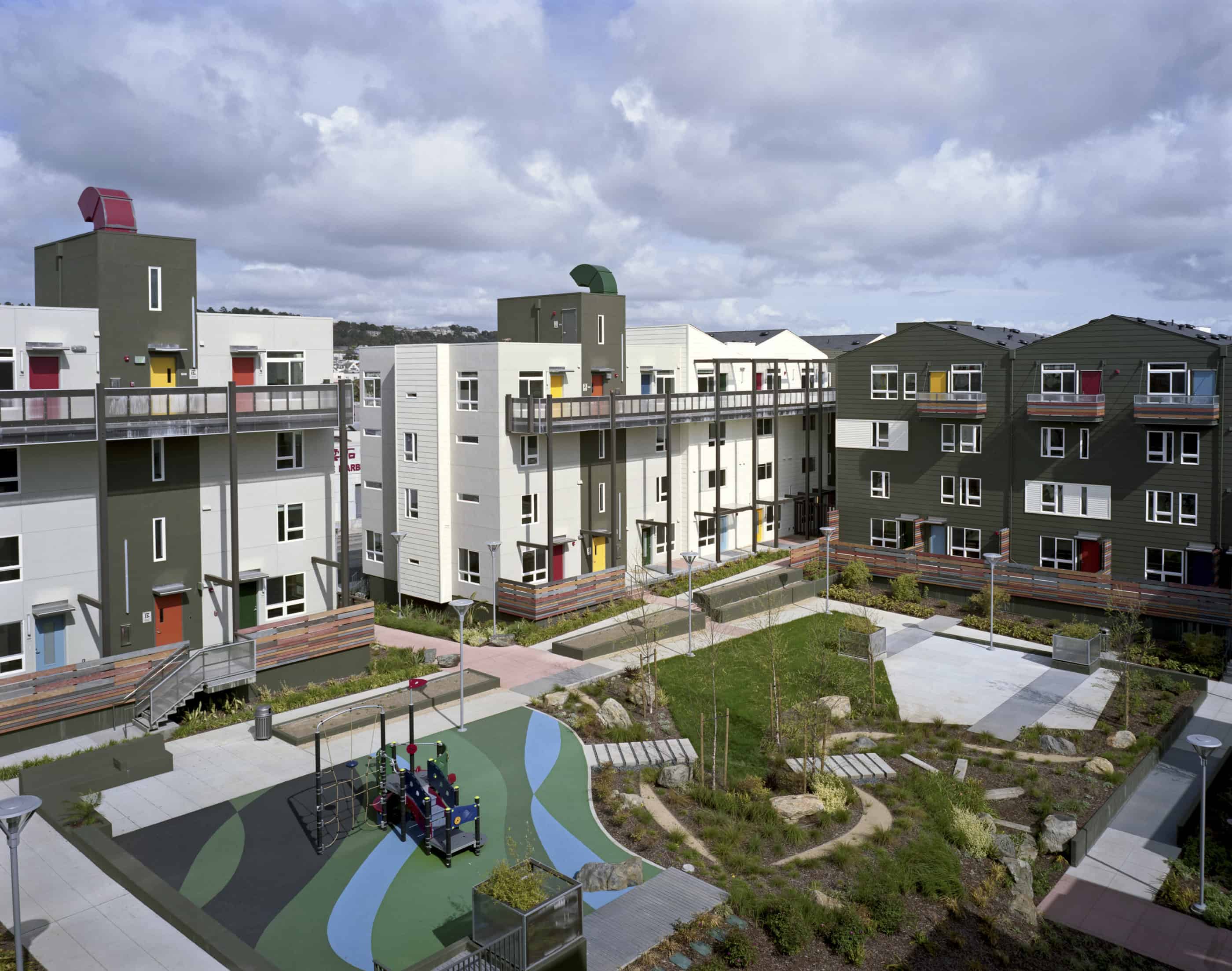
The Bay Area is already home to some of the highest rent prices in the country, and an affordability crisis. Due to the coronavirus crisis, millions of newly unemployed Californians find themselves worrying about how they will pay rent in the coming months. Like climate change, our affordable housing crisis is not going anywhere unless we take action. This challenge can only be met through deliberate action at the community, region, and state level.
Save The Bay believes everyone, from humans to wildlife, should have a place to call home. But with our focus on Bay restoration, climate change, and bringing our community out to the Baylands, why does Save The Bay advocate for affordable housing?
Affordable housing helps maintain the Bay Area’s wonderful diversity
Producing, preserving, and protecting affordable housing near jobs, services, and transit supports equity and diversity in our communities. Affordability impacts low-income residents, seniors, and people of color and drives them to the outer limits of our region, or away from the Bay Area entirely. Neighborhoods that include affordable housing can provide an active and independent lifestyle for everyone – including eliminating the need to own or drive an automobile.
Building affordable housing near transit improves the environment
When we build affordable housing near public transit hubs, we reduce commute times and get people out of their cars. Long car commutes impact our mental and physical health, increase greenhouse gas emissions, and pollute our air and water. Communities built with access to public transportation and pedestrian and bike paths provide people with more options to get around, improve quality of life, and decrease the demand for cars that emit greenhouse gases.
Lack of affordable housing also drives our homelessness crisis. With limited facilities and infrastructure available to unsheltered residents living in homeless encampments, trash and other waste that can’t be disposed of properly flow into local creeks and the Bay.
To be sustainable we need to prepare for climate change and create more housing near transit
Preserving existing affordable communities is essential. Many Bay Area communities are vulnerable to displacement, flooding, and other climate impacts. Investment in climate resilience and infrastructure improvements for these communities is critical. This work should be accompanied by policies to prevent displacement.
Building additional affordable housing near transit is essential to improving environmental sustainability, climate resilience, and equity in the Bay Area. That means weaving mixed-income housing into the fabric of all neighborhoods and away from flood zones to ensure safety for all residents as sea level rises. All new development – including affordable housing – should integrate natural infrastructure to reduce flooding, alleviate extreme heat, and support active transportation for healthier, more resilient communities where people can stay in their homes as long as they choose to live in the Bay Area.
The Bay Area of the future can be affordable, inclusive, and resilient, but we cannot achieve this goal unless we invest in both our Bay environment and our Bay community. And that means we all must take action to produce, preserve, and protect affordable housing.

















































